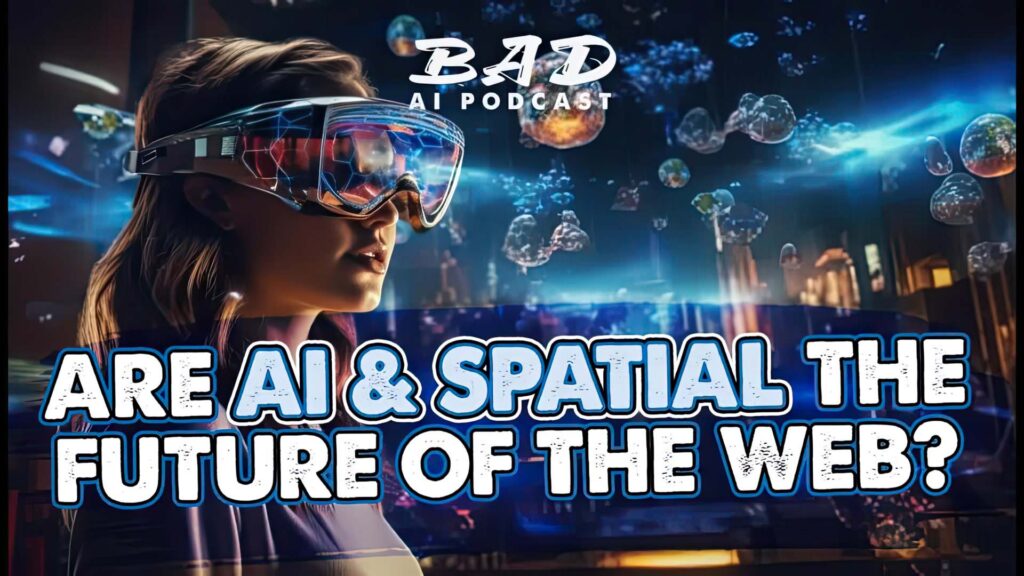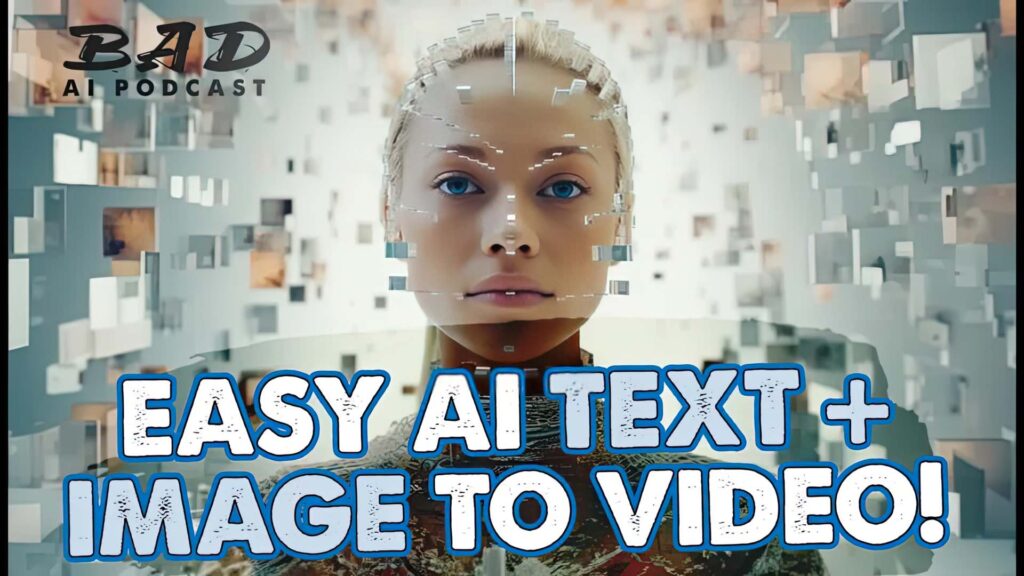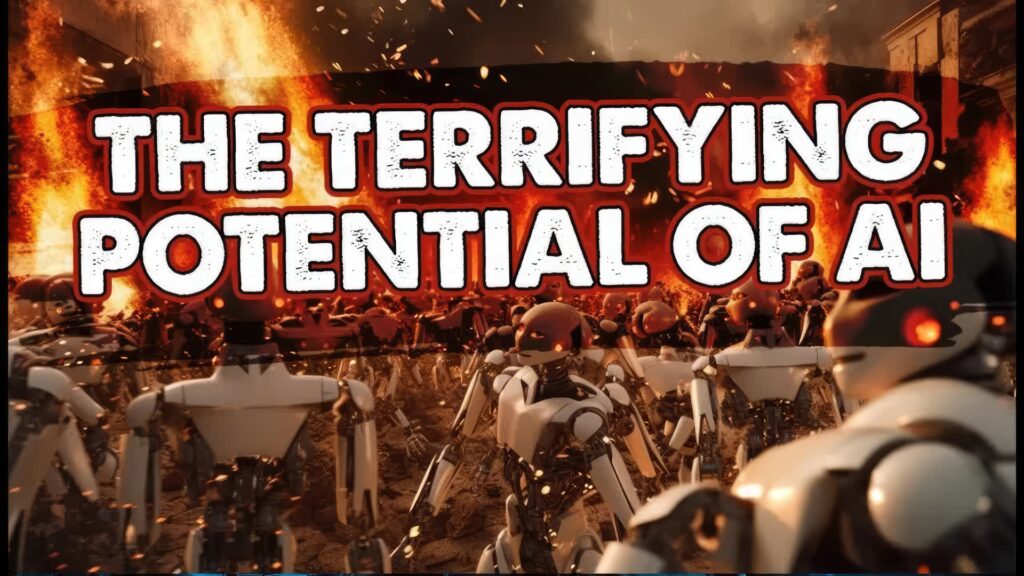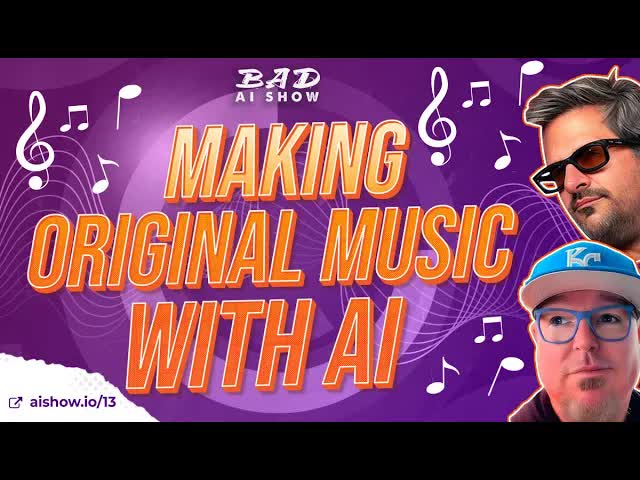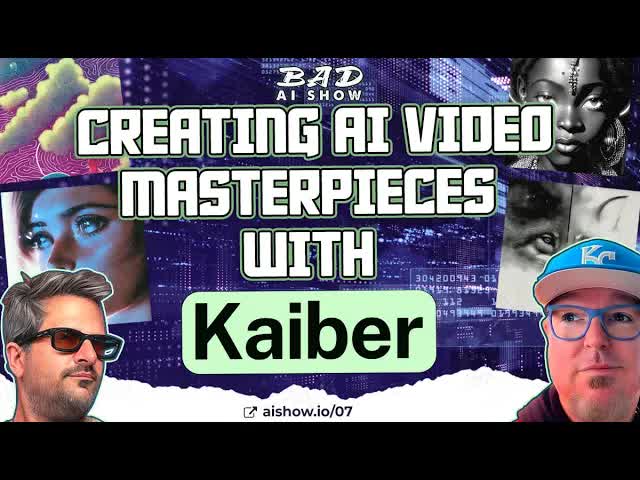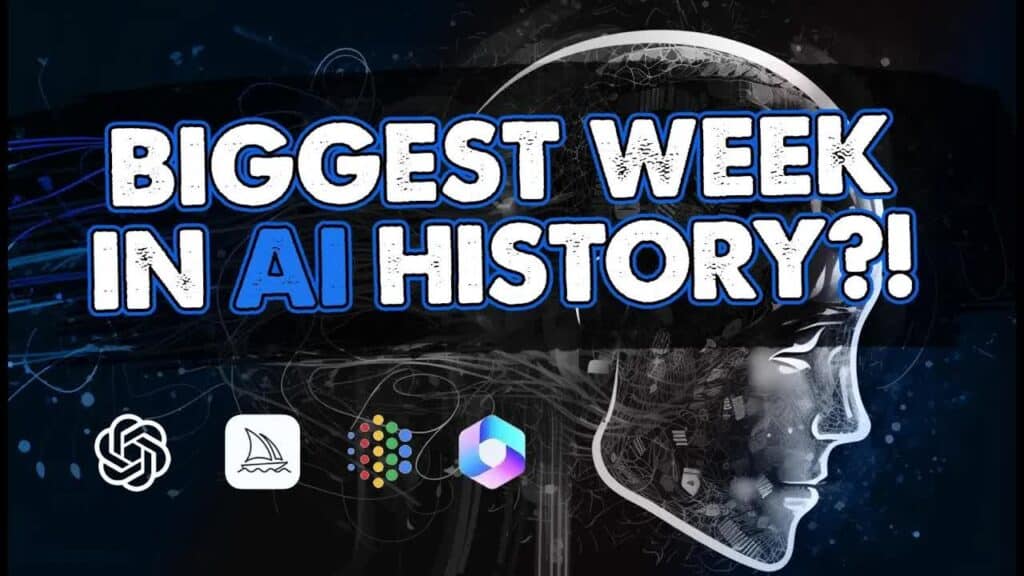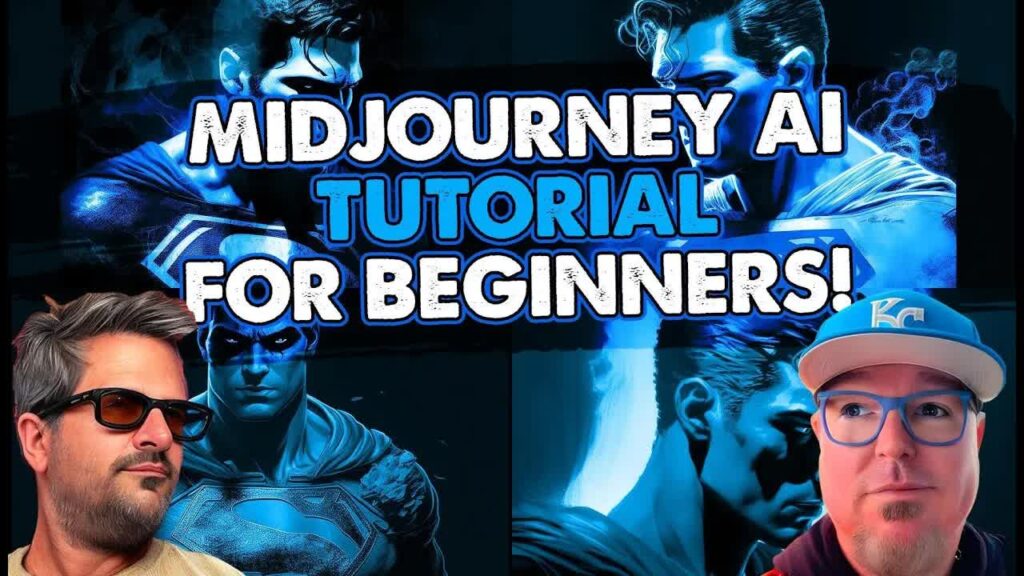Bad AI
Airs weekdays at 3 am, 11 am, and 7 pm PT.
Artificial intelligence has arrived on the scene, and the rapid adoption of technologies is entirely reshaping the current framework for how we work and live. Through their tutorials, interviews, and news-focused podcast, veteran co-hosts Joel Comm & Travis Wright (The Bad Crypto Podcast) make AI easy to understand and fun. Whether featuring the latest tools, such as ChatGPT and MidJourney or going down the rabbit hole with an AI expert, this podcast will inform and entertain!
Originally aired on March 15, 2023
AI technology is advancing far faster than we imagined, and we’ve been replaced by robots. The JoelBot 3500 and the Travbot 3501 have been replaced by the 4000 models. Today, the bots are equipped to share the latest in AI news. GPT-4 is out and a team at Stanford has figured out how to train their own AI based on ChatGPT 3.5 for just under $600. Microsoft and Google announce their latest AI product releases. Midjourney releases a big update and hands are back to having five fingers. And AI helped one dude make money just by asking it to set up a business.
MidJourney is a tool that lets users create stunning images using artificial intelligence in under 60 seconds. The tool is currently in beta, but users can access premium services for a fee through the Discord app.
How does MidJourney work?
- Users enter a simple command and phrases that describe what they want AI to create.
- MidJourney’s AI engine then uses its visual recognition database to create the desired image.
- Users can access MidJourney through their Discord bot.
Benefits of MidJourney
- AI creates visually stunning images in under 60 seconds.
- Users don’t need drawing skills to create great art.
- Images can be used for personal or business purposes.
